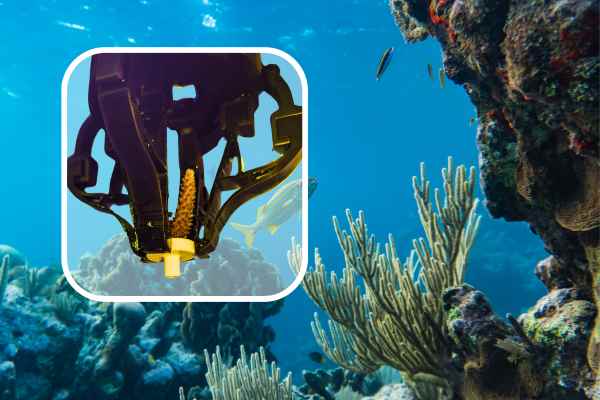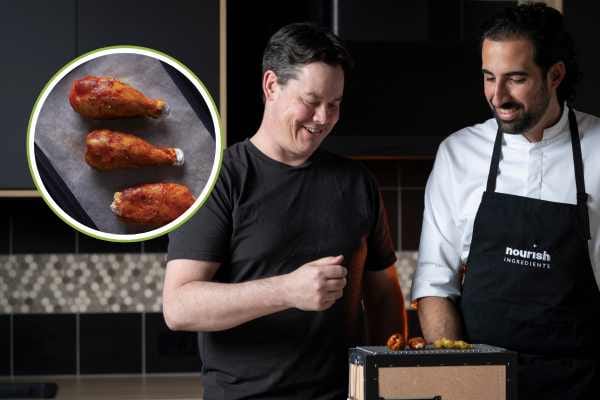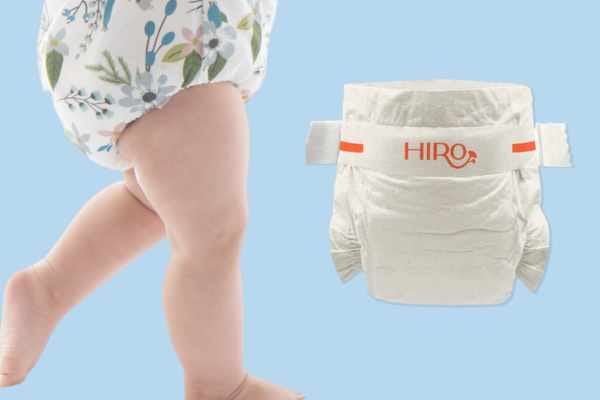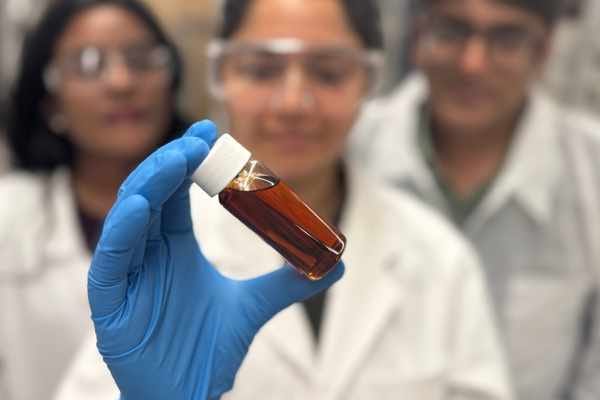A helping hand for coral reefs
Global reef restoration has a new ally – a world-first robotic hand.

This robot hand has been designed to gently handle baby coral and help speed reef regeneration.
The 'gripper', as it's known, has been engineered by researchers at CSIRO to work hand-in-glove with a coral farming robot called CHARM.
CHARM – short for Coral Husbandry Automated Raceway Machine – was created by the Beyond Coral Foundation and together, the two innovations promise to speed up coral cultivation.
This comes at a crucial time for the world's reefs which, according to scientists from the National Oceanic and Atmospheric Administration (NOAA), are in the midst of a global coral bleaching event – the fourth on record and the second in the last 10 years.
Coral reefs are biodiversity hotspots and play a vital role in ocean ecosystems. They not only safeguard coastal areas but also support the livelihoods of millions of people.
While it's possible to selectively breed coral for higher survival rates in the warmer ocean temperatures of the future, scientists say the manual labour required presents a huge hurdle.
The use of the gripper in aquariums and farms worldwide could offer new hope in the urgent mission to reverse this decline.
“By automating this process, we can contribute to broader global efforts to scale coral farming and help restore the world’s reefs”
Cultivating hundreds or thousands of baby coral colonies in the lab requires a huge effort and precise handling, said Dr Josh Pinskier, a soft robotics scientist with CSIRO’s Data61.
Transferring coral between tanks to maintain ideal conditions is time-intensive and laborious, with each coral having to be carefully transferred by hand. According to Pinskier, the gripper helps partially automate this process.
“This gripper replicates the dexterity of a human hand, allowing it to handle delicate coral tissue without damaging them, while being strong enough to lift various sizes,” he said.
“By automating this process, we can contribute to broader global efforts to scale coral farming and help restore the world’s reefs.”
The CSIRO used AI-powered generative algorithms to design the gripper and it was also tailored for use in corrosive saltwater environments.
A budding relationship
The partnership between CSIRO and the Beyond Coral Foundation was enabled through CSIRO’s Kick-Start program which supports Australian startups and SMEs with dollar-matched funding and research expertise.
The gripper is just one of several innovations supported by CHARM, which holds the intellectual property for the project.
“This is the first time in history that a robot apparatus ever picked up a coral and transferred it safely between tanks using a soft robotic gripper of this kind,” CHARM inventor and president of the Beyond Coral Foundation Stephen Rodan said.
“The next challenge is placing the corals back in their natural habitat, and a well-designed gripper could facilitate the transition from growth to deployment.”
Researchers at CSIRO have engineered a robotic hand, known as a 'gripper' to support the Beyond Coral Foundation’s coral farming robot, the Coral Husbandry Automated Raceway Machine (CHARM). These technologies aim to jointly boost coral restoration by making underwater tasks more efficient. Designed with AI-powered generative design algorithms, the gripper is optimised for precision and durability in challenging saltwater environments. To overcome corrosion, the gripper was 3D printed from hard polymer and soft rubber, with minimal screws and bolts.





